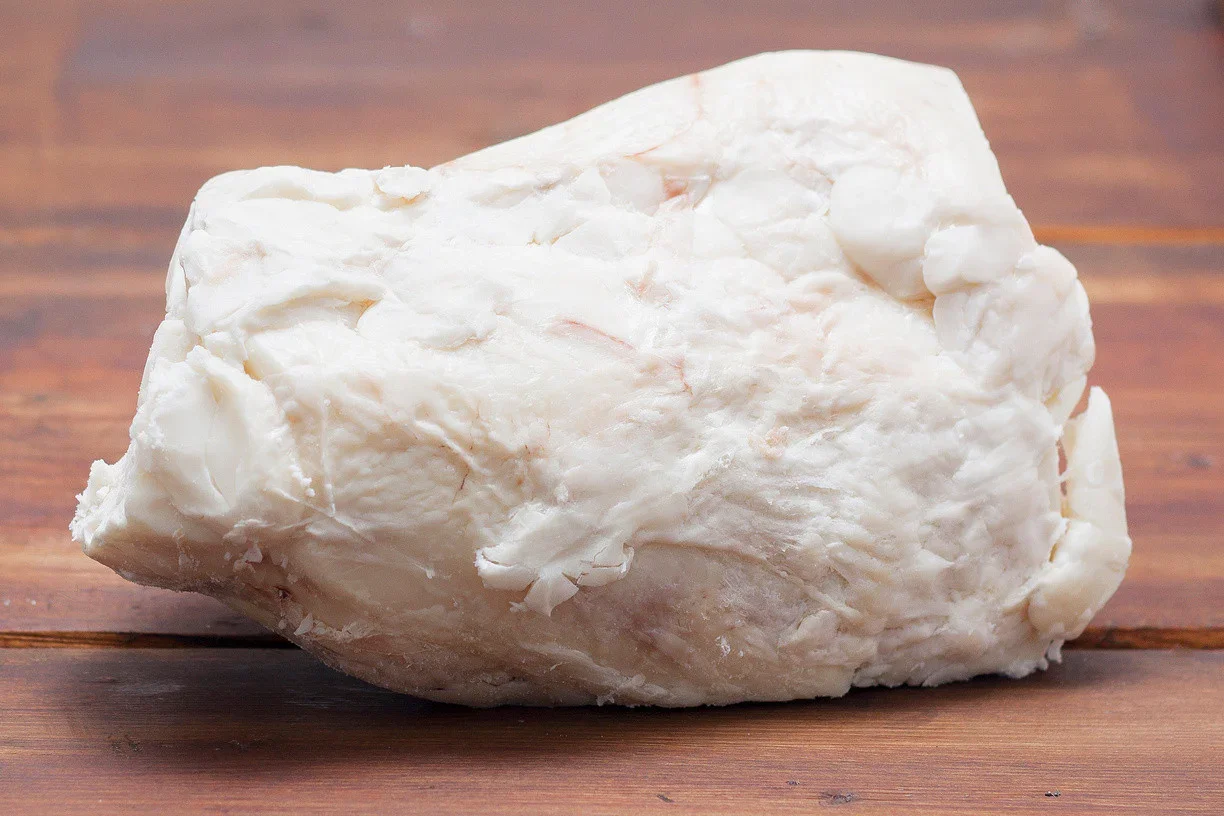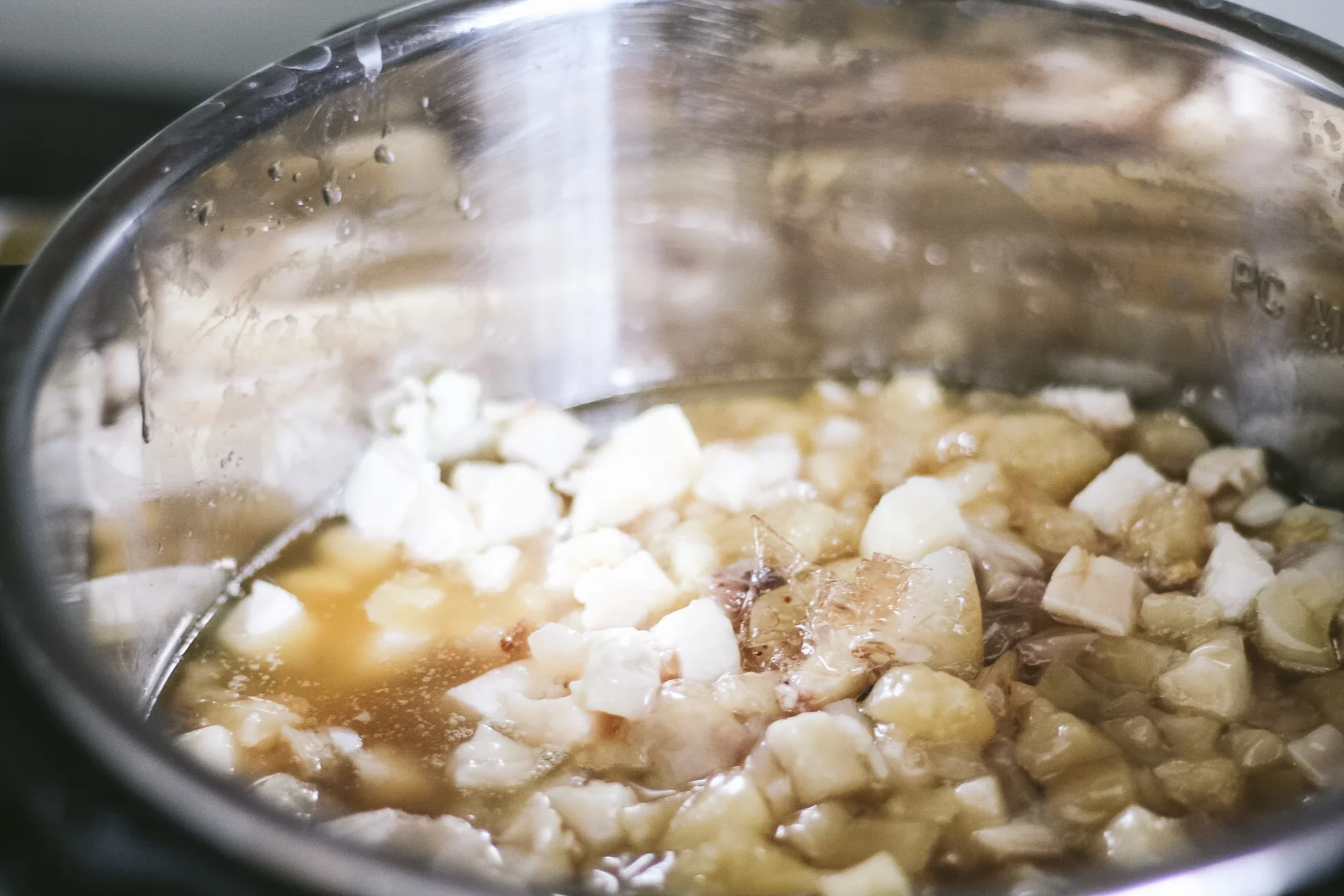Beef Tallow (Grass-Fed Suet)
Terrain Based
Nutritional Profile of
Beef Tallow (Grass-Fed Suet)
Grass-fed beef tallow is deeply nourishing, insulating, and stabilizing. It provides slow-burning, steady fuel and supports hormones, cell membranes, and nervous system resilience especially in cold, dry, depleted, or hypometabolic terrains that need warmth and rebuilding.
-
👉 Tastes describe the initial impression a food or herb leaves on the tongue, and they reveal its deeper actions in the body, shaping digestion, circulation, and tissue response.
Primary: Sweet (building, nourishing, anabolic)
Secondary: Salty (mineral-rich finish, grounding)Sweet in fats = building + restorative
Salty undertone = grounding + mineral affinity -
Nourishing / Building - Rebuilds structure, supports tissue repair and hormone synthesis. Rich in saturated + monounsaturated fats, supports cell membranes and steroid hormone pathways.
Moisturizing - Increases internal moisture, lubricates dry tissues. Dense fat nourishes epithelial linings (GI, skin) and prevents dryness.
Stabilizing - Grounds and calms overactive stress responses. Slow-burning fat balances blood sugar and reduces volatility.
Circulating (when heated with food) - Increases local heat and improves blood flow. Tallow has a warming metabolic effect when cooked with proteins.
Warming / Activating - Supports metabolism and increases core heat. High energy density, ketogenic fuel source.
-
Terrain effect: Replenishing + insulating + anabolic + stabilizing
100% fat (almost no carbs or protein)
Provides deep, sustained energy, not quick fuel
Supports hormone production (cholesterol → steroid hormones)
Deeply circulating and metabolically supportive, especially when cooked with meats
➡️ Ideal for hypometabolic, cold, dry, depleted terrain states.
-
Conjugated linoleic acid (CLA) → metabolic + anti-inflammatory effects (Endocrine / Metabolic affinity)
Cholesterol → building block for sex hormones + cortisol (Endocrine affinity)
Saturated stearic acid → supports mitochondrial function + fat metabolism
Fat-soluble vitamins (A, D, E, K2) → from grass-fed sources (Immune / Skin affinity)
Affinities: Endocrine, Nervous system, Skin barrier, Metabolic
-
👉 Indicated patterns describes the functional state of the organs or tissues.
Atrophic + Hypofunction (Primary Indicated Terrain Pattern) Low cellular energy and dryness due to insufficient fuel or fat intake. Examples: always cold, sluggish, low stamina, low appetite + fatigue, dry skin, brittle hair, weak nails, low hormones, low libido, energy crashes from under-eating fat
Beef Tallow provides deep fuel, supports hormone precursors, lubricates dryness, warms the core, and restores basal metabolic fire. Tallow rebuilds what depletion has eroded.
-
Use as a cooking fat - very heat-stable
Add small amounts to vegetables to increase satiety if dry/cold
Add to soups/stews for deep nourishment
Start small:
½–1 tsp per meal → increase gradually.Energetic pairing: balances well with bitter or pungent vegetables (kale, arugula, radish) to counter heavy/damp terrain.
-
Hot / Excitative / Inflammatory terrain
signs: facial flushing, skin heat, irritability, inflamed acne, burning digestion. Tallow’s warming + activating qualities can amplify heat and drive inflammatory processes.Congestive / Damp / Mucousy terrain (especially lymph + liver stagnation)
Signs: puffiness, sluggish liver, thick coating on the tongue, mucus congestion, sluggish bowels. Dense saturated fats can slow bile flow and worsen stagnation when the terrain is already damp and boggy.Gallbladder or bile flow impairment
Signs: nausea after fats, right-side rib tightness, pale stools, floating stool, pain after eating fat. Tallow requires strong bile output and without it, the fat will sit heavy, cause nausea, or trigger pain.After large meals with heavy proteins
Combining high protein + dense saturated fat can overload digestion and create post-meal fatigue/pressure.Acute cardiovascular heat/inflammation - If someone is currently experiencing inflammatory cardiovascular events, avoid saturated fat loading.
-
Tallow itself does not interfere with medications.
However:
High saturated fat meals may influence medication that affects lipid metabolism (e.g., statins).
If someone is under medical care for cholesterol management, pair tallow intake with fiber-rich vegetables.
General rule: pair with fiber + bitter greens to support fat handling.
-
1. USDA FoodData Central.
Nutrient profile for beef tallow, rendered.
https://fdc.nal.usda.gov/2. De Souza, R. J., et al. (2015).
“Dietary fats and cardiovascular health.”
Journal of the American College of Cardiology.
(Shows nuance between saturated fat type and health effect.)3. Gebauer, S. K., et al. (2011).
“Stearic acid: a review of food sources and metabolic effects.”
American Journal of Clinical Nutrition.4. Dhiman, T. R., et al. (1999).
“Conjugated linoleic acid content of milk and meat from grass-fed animals.”
Journal of Dairy Science.
(Grass-fed suet contains higher CLA + fat-soluble vitamins.)



